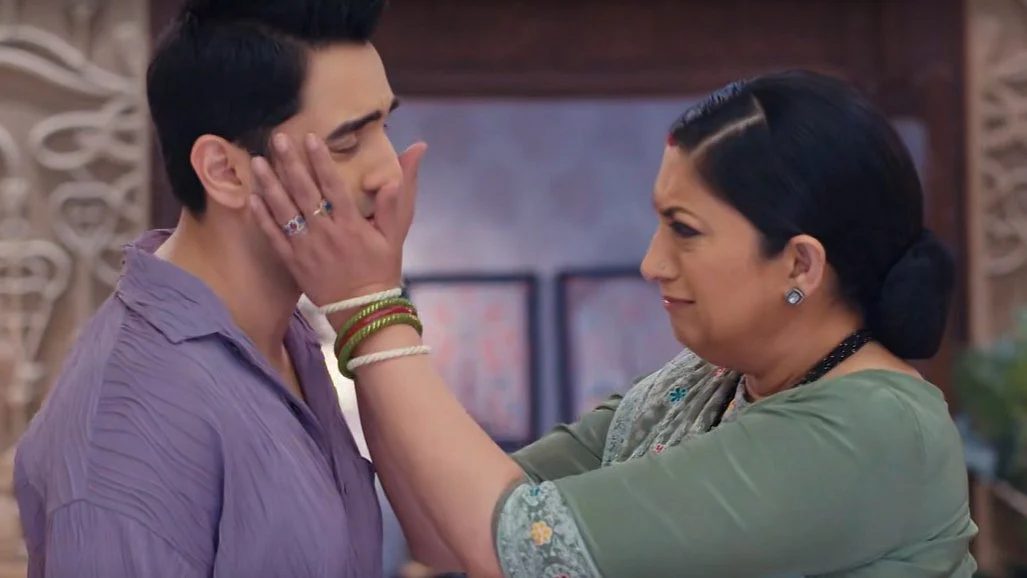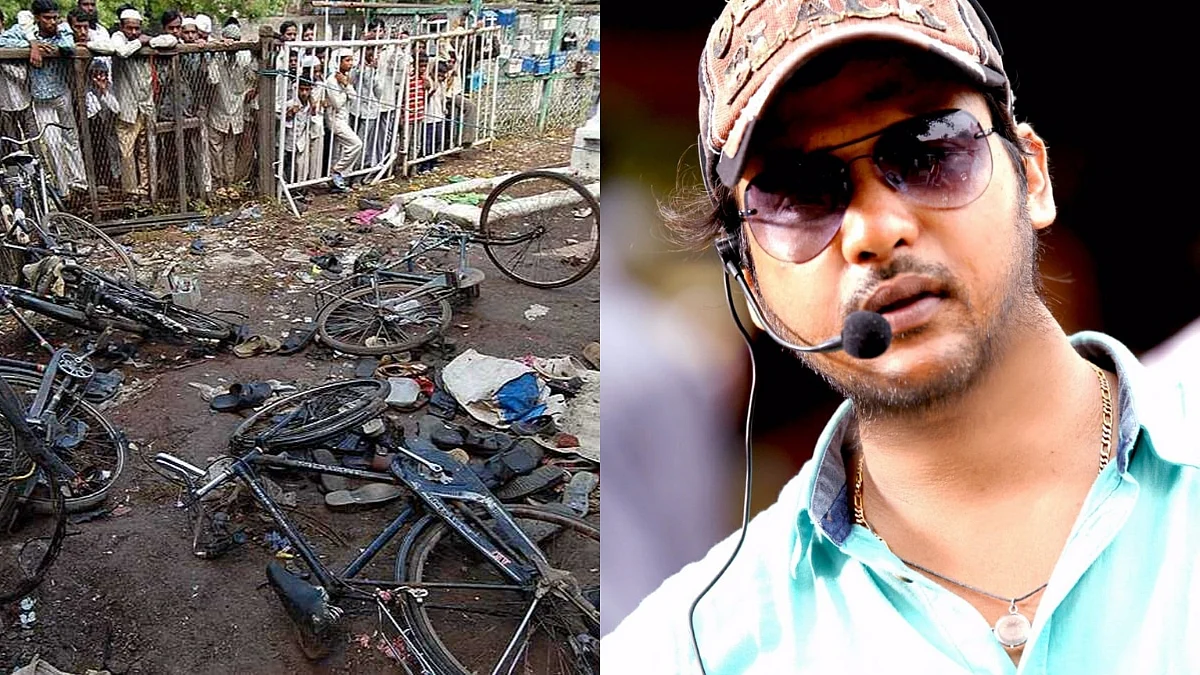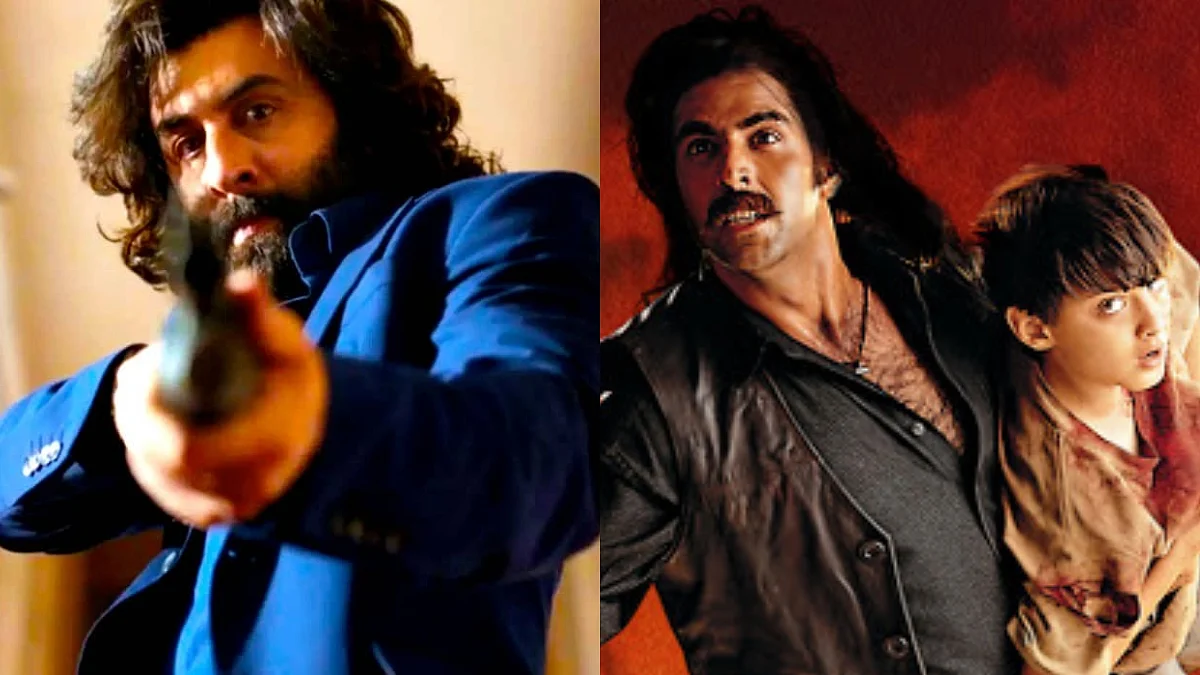In an exclusive @Work interview with Connected to India’s Sudipto Maity, Gauri opens up about her inspiration behind this production, the creative process, and her thoughts on the evolving theatre scene in Singapore.
Gauri has an impressive background in theatre, with over 30 years of experience in writing and directing. A former advertising professional and scriptwriter, Gauri’s body of work in theatre spans children’s plays, forum theatre, thematic productions involving dance and music, as well as street plays with a cause.
Since moving to the city-state 25 years ago, Gauri has actively contributed to the local theatre scene, with more than 25 playwriting and directing credits to her name. Over the past decade, she has focused on Hindi theatre, a genre that has grown significantly in Singapore.
She has also been an active volunteer with the Tagore Society Singapore for over 10 years, curating and directing several productions celebrating India’s literary and poetic traditions.
When Gauri first moved to Singapore, the local theatre scene was thriving, especially plays in the English-language. However, the emergence of Hindi theatre in recent years has been an exciting development. “It’s been exciting to witness the emergence of local Hindi theatre over the past decade,” Gauri explains. “This growth has fostered a new generation of talented actors, writers, and directors, enriching the cultural landscape of Singapore.”
Why ‘Charulata’?
In terms of the choice of play, Gauri reveals that the decision to adapt Nastanirh into Charulata – The Broken Nest was not random. The idea of staging a Tagore play had been suggested by Dolly Davenport, the creative director of the Tagore Society Singapore.

The Charulata cast. (Top l-r) Swapnil Lakhe as Umapada, Lagnajit Patnaik as Bhupati, (middle) Nidhi Chopra Khanna as Mandakini, Saurabh Sardana as Amal, (centre) Charu Madan as Charulata. | Photo courtesy: Gauri Shrisvastava Gupta
Gauri, being fluent in Bengali, read several of Tagore’s works and shortlisted a few potential candidates for adaptation. It was Nastanirh that captivated her the most.
“It was Charulata that truly captivated me – its subtle emotions, the poignant loneliness within a seemingly perfect relationship, and the anguish of unspoken love,” Gauri says.
One of the driving forces behind Gauri’s adaptation was her desire to expose Tagore’s works to a wider, non-Bengali audience. By presenting Charulata in Hindi, she hopes to transcend the linguistic boundaries often associated with Tagore’s works and make his powerful narrative accessible to a more diverse audience.
Tagore’s influence
Tagore’s influence on Gauri’s life is immense. Despite growing up in a non-Bengali household, both her parents were ardent admirers of the Indian polymath. Her mother, well-versed in his writings, often quoted from his stories and poems, while her father was a passionate fan of Rabindra Sangeet (Tagore Songs). Gauri herself was raised with a deep appreciation for Tagore’s literary genius.

“I grew up internalising these influences. Incidentally, neither parent was Bengali! In a way, this production is my homage to my late parents,” she says.
Given the deep reverence for Tagore’s original works, Gauri acknowledges that there can be concerns when adapting a literary classic for the stage. Many purists believe in preserving the original text in its entirety, with no deviations. Yet, Gauri maintains that she has stayed true to the essence of Nastanirh while bringing a contemporary reinterpretation to it.
“As a self-proclaimed ‘Puritan’, I’ve remained faithful to Tagore’s original narrative in ‘Nastanirh’. The core story unfolds exactly as Tagore wrote it,” she asserts. “My innovation lies in a concurrent, contemporary reinterpretation that runs alongside the main storyline. Even this modern retelling, however, remains rooted in ‘Nastanirh’. By setting the story in a modern context, I aim to highlight the timeless relevance of Tagore’s themes, written over a century ago.”

Ray's Timeless Classics

Film icons Madhabi Mukherjee (left) and Soumitra Chatterjee played Charulata and Amal in Satyajit Ray’s 1964 classic. | Photo courtesy: satyajitray.org
No discussion of Charulata is complete without mentioning Satyajit Ray’s legendary film adaptation of the novella. Ray’s film has been a cornerstone of Indian cinema and has influenced generations of filmmakers and theatre artists. Gauri acknowledges the profound impact Ray’s film has had on her own creative process.
“I drew inspiration from Ray’s meticulous attention to detail, authenticity, and research,” Gauri shares. “However, I was mindful not to reproduce any part of the film, instead incorporating its famous metaphors — such as the binoculars scene and the embroidery hoop — in a subtly concealed manner.”
While Ray’s film is rooted in the 19th-century Bengali context, Gauri’s stage adaptation oscillates between the past and the present, offering a fresh perspective on the story. The play explores the fragility of human connections and the emotional complexities of relationships, both in Tagore’s time and in the contemporary world.
From concept to stage
After conceiving the idea in December 2024, Gauri spent several weeks staring at a blank page before finally completing the script in just one month.

Charu Madan as Charulata. Nidhi Chopra Khanna as Mandakini (left) and Charu Madan as Charulata | Gauri Shrisvastava Gupta
Details:
Play: Charulata- The Broken Nest
Venue: KC Arts Centre, Singapore
Time and Date: 7PM, 19th April
Scripted and Directed by: Gauri Shrivastava Gupta
Cast:
Charu Madan: Charulata
Saurabh Sardana: Amal
Lagnajit Patnaik: Bhupati
Nidhi Chopra Khanna: Mandakini
Swapnil Lakhe: Umapada
Hema Kripalani: Manasi
Ankesh Sagar: Amar
(The article is published under a mutual content partnership arrangement between The Free Press Journal and Connected To India)










